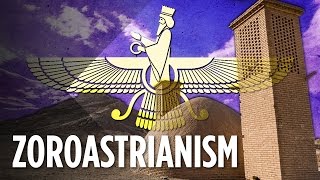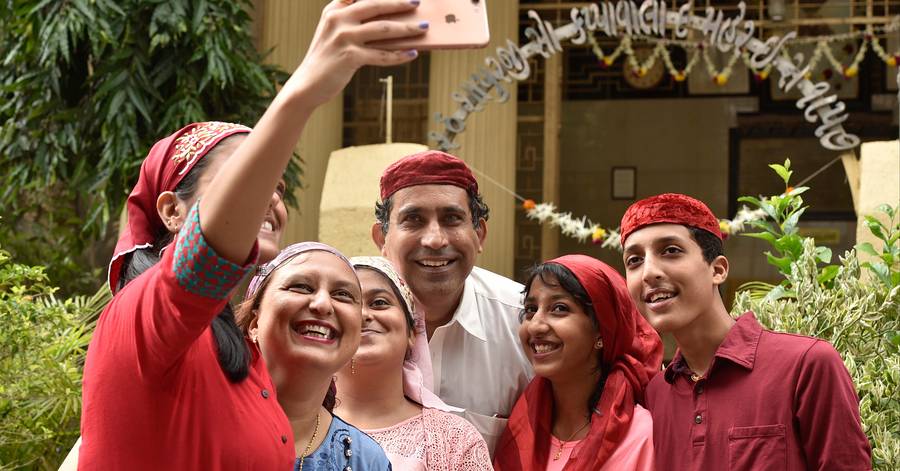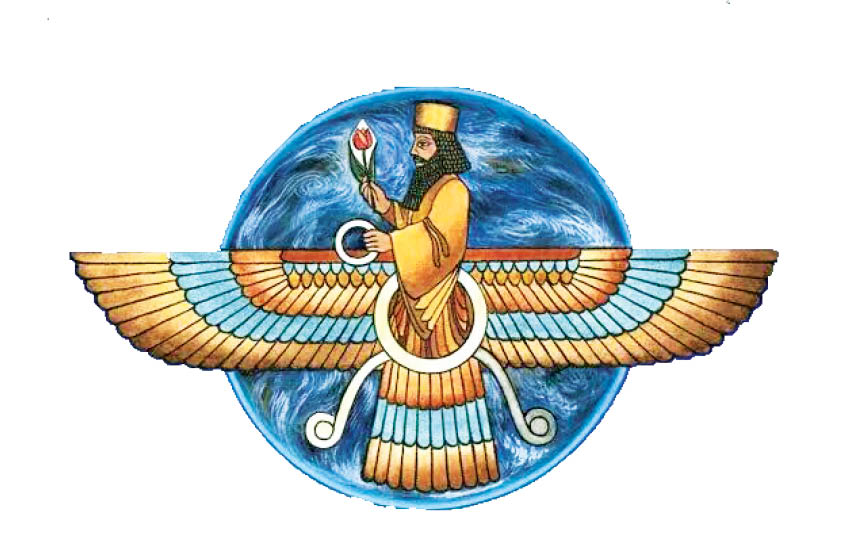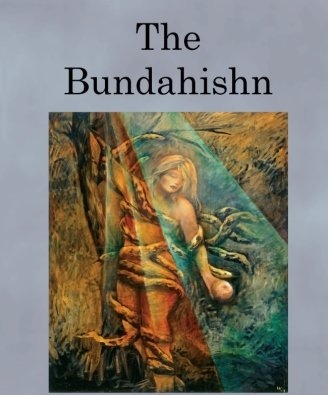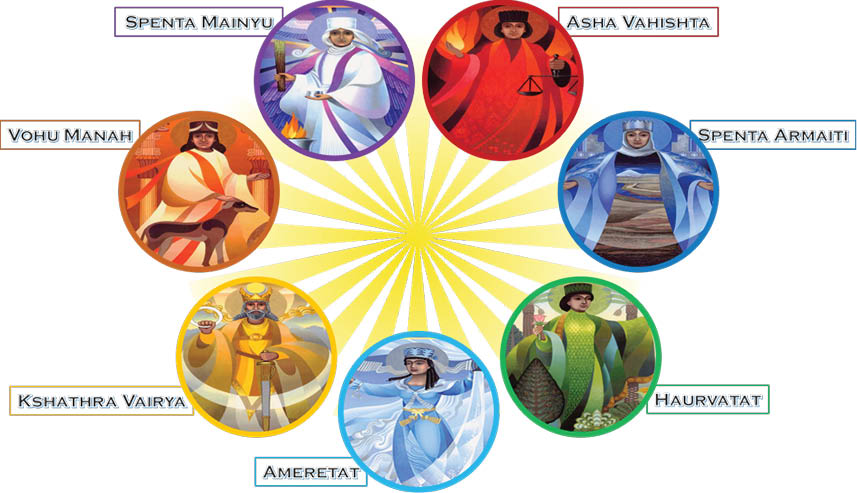Learn Zoroastrianism
We hope the presented lesson plans will be useful to religion class teachers as a source material.
Zoroastrian religious educators of children and youth, across the globe, are constantly designing innovative and exciting learning opportunities for students to immerse themselves in a deeper understanding of our profound religion.
This brief guide provides one possible way in which teachers can augment their efforts by incorporating a focus on the developmental strengths of the students they work with. There are many ways to think about development but for the purpose of this teachers’ guide we use age as a marker of transition between different groups commonly found in religion classes.
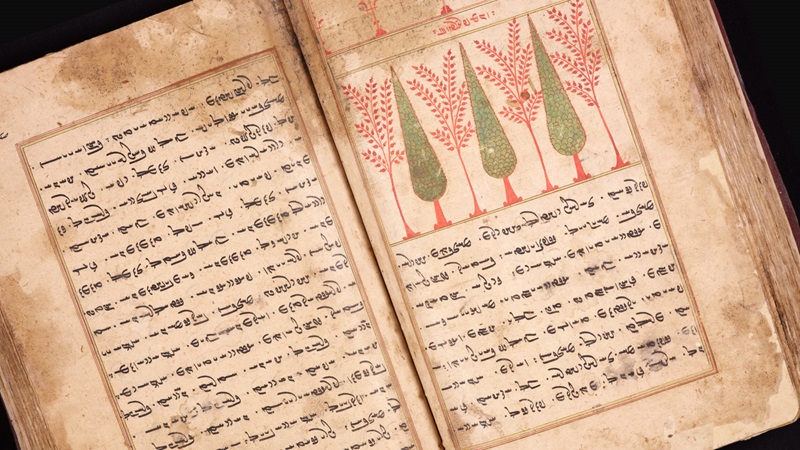
Iranian Lessons
The lesson plans on this website are prepared by religion class teachers and checked by accredited schoolteachers for age appropriateness and presentation.
Teacher’s Guide to complement the lesson plans and help with age-appropriate interaction and presentation of the material.
Freedom in Zoroastrianism
As a Zoroastrian we believe in freedom of choice and free will.
What does it mean to be Zoroastrian today?
Zoroastrianism is an ancient doctrine that is as modern today as it was 3800 years ago. It is a practical way of thinking and living practiced daily by a Zoroastrian.
Zoroastrian Celebrations
Traditions and celebrations are part of social life in various cultures. Group celebrations satisfy people’s spiritual needs and gives them comfort.
Work and Perseverance
In Zarathushtra’s view there is no boundary regarding improving the world.
Life and Time of Zarathushtra
Ashu Zarathushtra lived about 3800 years ago in the eastern part of the greater Iran.
Ashu Zarathushtra’s family were called “Spitaman” or “Espantaman”.
Environment
In Zoroastrian culture, creation is described by four important elements of nature. These four
elements are earth, water, air, and fire. Protecting the environment and ecology is an important part of Zoroastrian teachings.
Parsi Lessons
The lesson plans on this website are prepared by religion class teachers and checked by accredited schoolteachers for age appropriateness and presentation.
Teacher’s Guide to complement the lesson plans and help with age-appropriate interaction and presentation of the material.
Ahura Mazda
In Zoroastrianism, God is called Ahura Mazda which means Lord of Wisdom.
Bundahishn
The story of Creation in Zoroastrianism is called the Bundahishn.
Amesha Spentas
The Amesha Spentas are theological concepts of Zoroastrianism. Amesha Spenta means ‘Bountiful Immortal’
FAQ
Questions & Answers
Sampels
Question1?
Answer1
Questions2?
Answer2.
Question3?
Answer3.
Question4?
Answer4
Question5?
Answer5
Question6?
Answer6.
Free Courses
Free Learning Materials
Premium Courses
Good Resources.
Ready to get started?
Get in touch, or leave us Comments

